Both Chuanbei and Pingbei can be used to relieve cough, but Chuanbei is more suitable for cough caused by lung heat and dryness, while Pingbei is more suitable for cough caused by wind heat. Chuanbei has a slightly cold nature and is good at moistening the lungs and resolving phlegm; Pingbei has a flat nature and tends to clear heat and disperse lumps. The choice should be based on the type of cough, physical condition, and symptom characteristics.
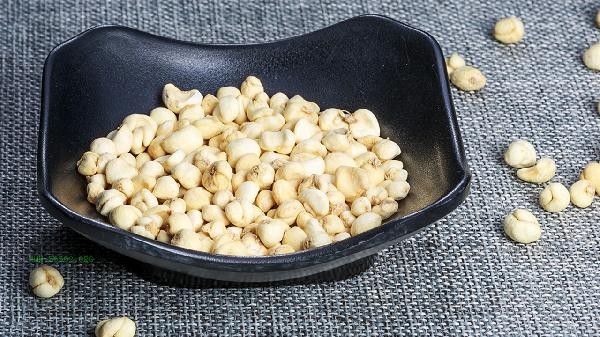
I. Characteristics of Sichuan Fritillaria
Sichuan Fritillaria is mainly produced in Sichuan, Xizang and other places, and the quality of pine shellfish is the best. Its taste is sweet and bitter, and it belongs to the lung meridian. It has the effects of clearing heat and moistening the lungs, resolving phlegm and stopping cough, especially suitable for dry cough with less phlegm and blood in the phlegm. For chronic cough and tuberculosis cough caused by yin deficiency and lung dryness, Chuanbei is often combined with ginseng and Ophiopogon japonicus. Chuanbei contains various alkaloids that can inhibit cough reflex, but it should be used with caution for those with spleen and stomach deficiency and cold.
II. Characteristics of Platycodon grandiflorus
Platycodon grandiflorus is mainly produced in Northeast China, with a flat nature and a slightly bitter taste. It belongs to the lung and stomach meridians and is good at clearing heat, resolving phlegm, dispersing nodules, and reducing swelling. It has a significant effect on patients with wind heat cough accompanied by sore throat and thick phlegm, and is often used together with Scutellaria baicalensis and Platycodon grandiflorum. Pingbei contains ingredients such as Pingbei alkaloid, which can dilate the bronchi, but excessive use may cause nausea. It is not advisable to use it alone for coughing in the early stage of external wind and cold.
III. Comparison of Applicable Symptoms
Chuanbei targets cough of yin deficiency and internal heat type, characterized by severe coughing at night, dry mouth, and red tongue; Pingbei is suitable for cough caused by solid heat syndrome, often with yellow and thick phlegm, fever, and sore throat. Pingbei can be used for children with lung heat cough, while Chuanbei is more suitable for elderly patients with chronic bronchitis. Both need to be powdered and taken orally, but Sichuan scallops need to be fried for a long time, and flat scallops should not be cooked at high temperatures for a long time.
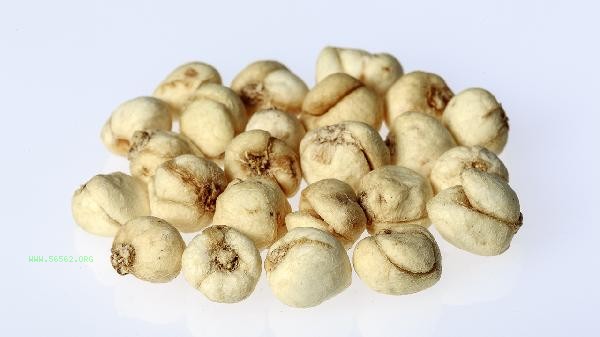
IV. Compatibility Difference
Classic compatibility of Sichuan shellfish includes snow pear and honey, such as stewed Sichuan shellfish with pear; Pingbeiduo is paired with Forsythia suspensa and honeysuckle. Chuanbei loquat syrup focuses on moistening the lungs, while cough suppressants containing Pingbei focus on anti-inflammatory effects. Bronchiectasis and hemoptysis should be treated with Chuanbei, while acute bronchitis can be treated with Pingbei. Pregnant women require guidance from a physician for use.
V. Precautions
Both belong to the Liliaceae family, and individuals with allergies should be cautious. Chuanbei has a high price and requires anti-counterfeiting of inferior products; Pingbei should not be used together with Aconitum medicinal herbs. Coughing for more than two weeks or accompanied by chest pain and hemoptysis should be promptly treated with medical attention. Daily use can be combined with pressing the Feishu acupoint, and avoiding spicy and irritating foods.
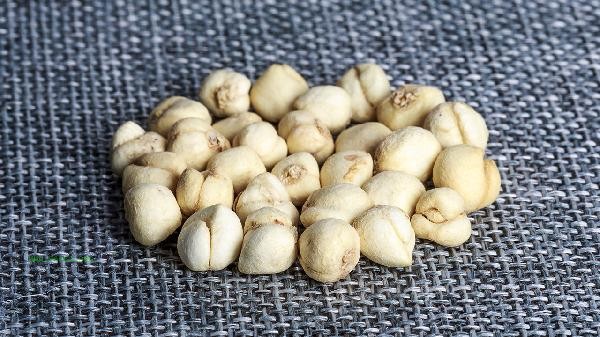
It is recommended to keep the air moist during coughing, and drink Arhat fruit tea or honey water in proper amount. For wind cold cough, try ginger and brown sugar water. For those with phlegm, soak tangerine peel in water. Long term cough patients should quit smoking and avoid exposure to cold air. If self medication is ineffective for three days, or if symptoms such as difficulty breathing and fever occur, immediate medical attention should be sought to determine the cause. Traditional Chinese medicine emphasizes the differentiation of symptoms and treatment. It is recommended to choose Chuanbei or Pingbei under the guidance of a physician to avoid misdiagnosis and worsening of the condition.



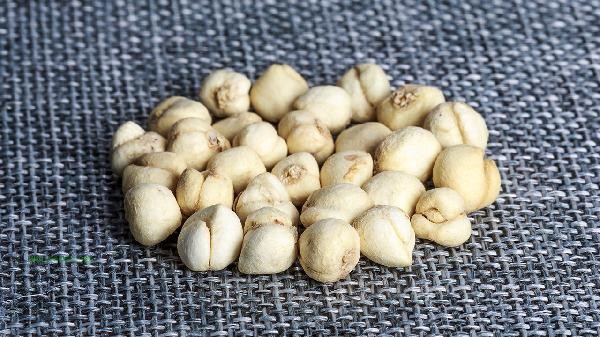

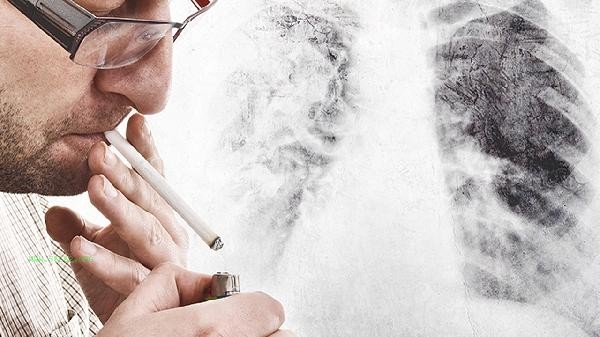


Comments (0)
Leave a Comment
No comments yet
Be the first to share your thoughts!